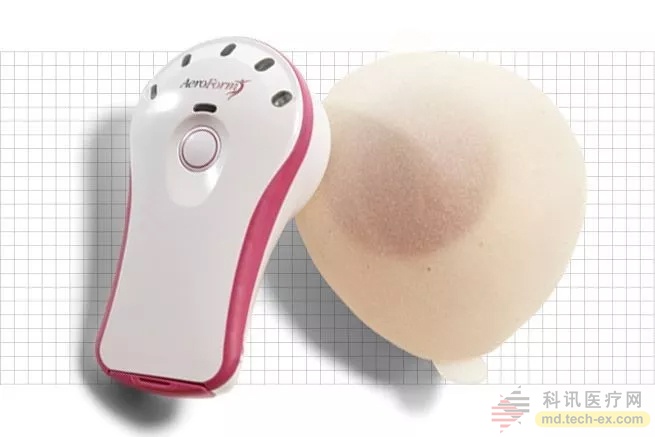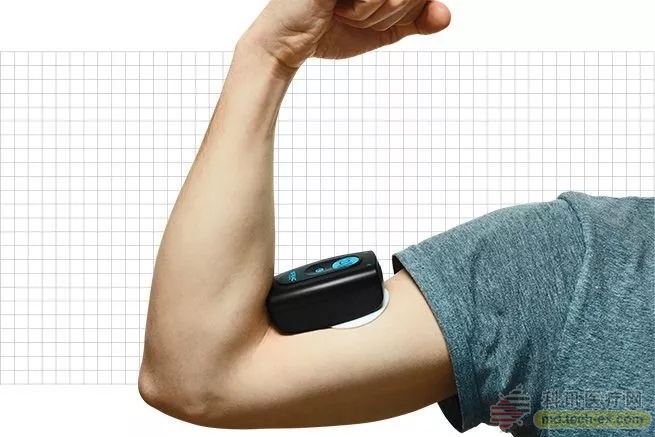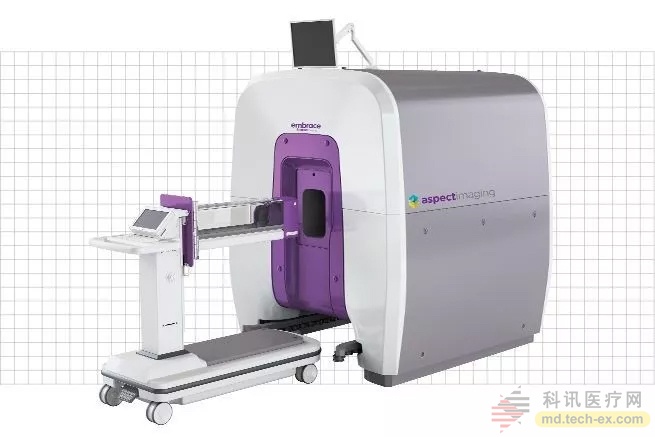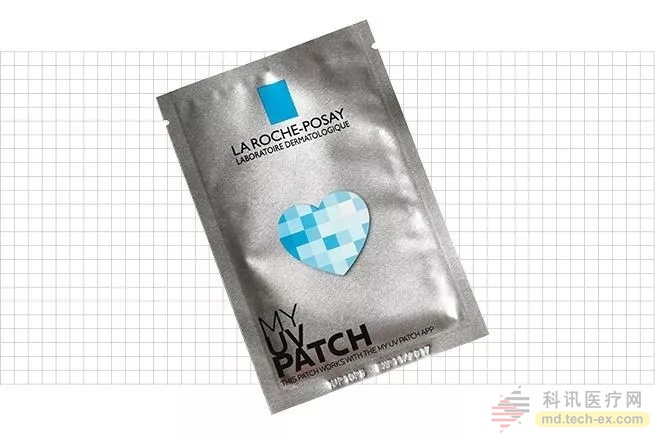Release date: 2017-10-26
1 Aeroform's organizational expansion system 
Reduce the pain of breast reconstruction. Image source: Popular Science
Breast reconstruction is a painful thing for women. The surgeon stretches the existing tissue by injecting saline into the implanted balloon. This painful process requires a doctor, needle injection, and analgesic. Aeroform allows women to control this process on their own, through more acceptable steps. The patient uses a wireless controller to send commands to the CO2 gas cylinder, releasing the air-filled silicone implant little by little.
2 CRISPR-Edit Embryos
The DNA editing tool, CRISPR, began to penetrate into the field of disease treatment this summer. Researchers at the University of Oregon Health and Science began to become the first US attempt to modulate human embryonic DNA to repair genetic diseases (mutations that cause hypertrophic cardiomyopathy). This is a milestone, but from the editing of a human egg to the growth of a fetus, more researchers are needed to join it.
3 Willow pump
A traction-free pump. Image source: Willow
Breastfeeding is the healthiest thing for babies, but some very busy mothers often don't have time to sit there with a wired pump to store food for babies. Willow is a compact, cordless pump that can be worn in a woman's bra. Unlike conventional breast pumps, it does not draw milk into the bottle. When using the Willow pump, the milk will flow into a disposable disposable bag in the pump. The best part is that the device is muted, allowing women to have a conference call at the same time without noise.
4 Brineura
Batten is a rare genetic disease in which defective enzymes in the brain cause severe damage to nerve function. The replacement enzyme is too large to pass through the protective membrane of the brain. In Brineura's study, the surgeon bypassed the obstacle by inserting a port into the head of a child and injecting the enzyme. This technique can be used to treat many similar diseases.
5 Rapael Smart Gloves
After suffering from a stroke, the doctor's main goal is often to enable the patient to resume walking, and the rehabilitation of the hand's flexibility tends to be backwards. Rapael smart gloves can help prioritize your hand's flexibility training to the front. By combining with the Android app, the sensor-equipped gloves track the patient's movements during the game and train them to perform real life tasks, such as squeezing an orange. The system then provides an immediate feedback based on the user's performance to help improve recovery learning.
6 Liftware level
Injuries and diseases such as spinal cord injury and Huntington's disease can affect people's actions. The horizontal signal motion sensor can be adjusted by rotating the fork or spoon so that the entire tool remains level regardless of how the handle is shaken. For patients with dyskinesia caused by spinal cord injury and Huntington's disease, this tool can help them take care of their daily lives.
7 Collaborative Diagnostics Philips IntelliSite Pathology
Pathology is a branch of medicine that is deeply helpless. Pathologists must slice, stain, and observe tissue samples under a microscope. It takes a few days or weeks for the professional doctor to send the sample to the second opinion. The Philips Intelligent Pathology workstation uses a high-resolution scanner to convert the prepared specimens into digital images that are as detailed as the images under the microscope. This allows doctors to quickly send cases to consultant colleagues.
8 GammaCore drug-free headache treatment
The first non-invasive vagus nerve stimulator for patients. Image source: ElectroCore
The vagus nerve is a powerful fiber. It is the longest brain nerve in the body, covering a wide area, from the brain stem to the lower abdomen. Stimulating it can alter nerve function in a beneficial way, such as stopping cluster headaches that cause extreme pain. GammaCore is the first non-invasive vagus nerve stimulator. This device stimulates the nerves with electrical impulses to calm the headache. This is a very good treatment for headaches where the drug is difficult to treat.
9 SPEAC, a home epilepsy tracker 
Doctor's new data collector. Image source: Brain Sentinel
Managing epilepsy requires an understanding of when and how often they occur. This is hard to get because 85% of seizures occur at night. SPEAC is the first non-EEG monitor. It adheres to the user's biceps and detects changes in muscle activation. By analyzing the changes by algorithm, relevant information about the disease can be obtained. The user's doctor can view the data and adjust the treatment accordingly.
10 MRI for newborns 
More safe magnetic resonance imaging (MRI) for premature babies. Image source: Aspect Imaging
MRI that transports a premature infant to the basement is usually not worthwhile compared to the risk of transferring the baby from its room. Therefore, many doctors give up MRI scans for premature babies. The Embrace device is a special MRI that is deployed in the neonatal ICU ward. Unlike typical MRI, the magnetic field of this instrument is contained in the instrument itself. At runtime, doctors and staff can stand next to the machine or use metal tools. They can reach the baby's location within 30 seconds if needed. This is a very good new invention for newborn MRI scans.
11 UV patch 
Personal UV tracker. Image source: La Poche Posay
Most people don't apply enough sunscreen, and even then, they often forget to re-apply sunscreen. My UV Patch is a wearable patch that signals when light passes through it. The photosensitizing dye will change from dark blue to lighter and have more sunlight. It can be attached to the skin for 5 days and users can use the relevant La Roche Posay products for free.
12th Annual Innovation: Killing Cancer Cells 
Novartis Kymriah Photo credit: Ted Cavanaugh
The tumor is paralyzed. To survive, these cells bypass our immune system by retaining similarities to healthy cells. But they also have differences. In the past decade, researchers have repositioned these unique features to the body's defense system. Immunotherapy trains our system to detect these different differences. This year, this effort took a big step: the FDA approved Kymriah, the first human gene editing therapy to fight cancer.
This therapy modifies the patient's T cells (white blood cells) and adds a receptor to localize the malignant tumor so that killing T cells can attack them. In the trial, 83% of patients were relieved after three months of treatment. One of the reasons why Kymriah is so successful is that it is by far the most personalized method: improved cells are specific to patients and their diseases. Kymriah and these drugs can cure other cancers one day, making the treatment of the disease better.
Source: Health New Vision
Medical Equipment Disposal,Syringes Needles Sizes,Disposable Syringe,Insulin Syringe
FOSHAN PHARMA CO., LTD. , https://www.fs-pharma.com